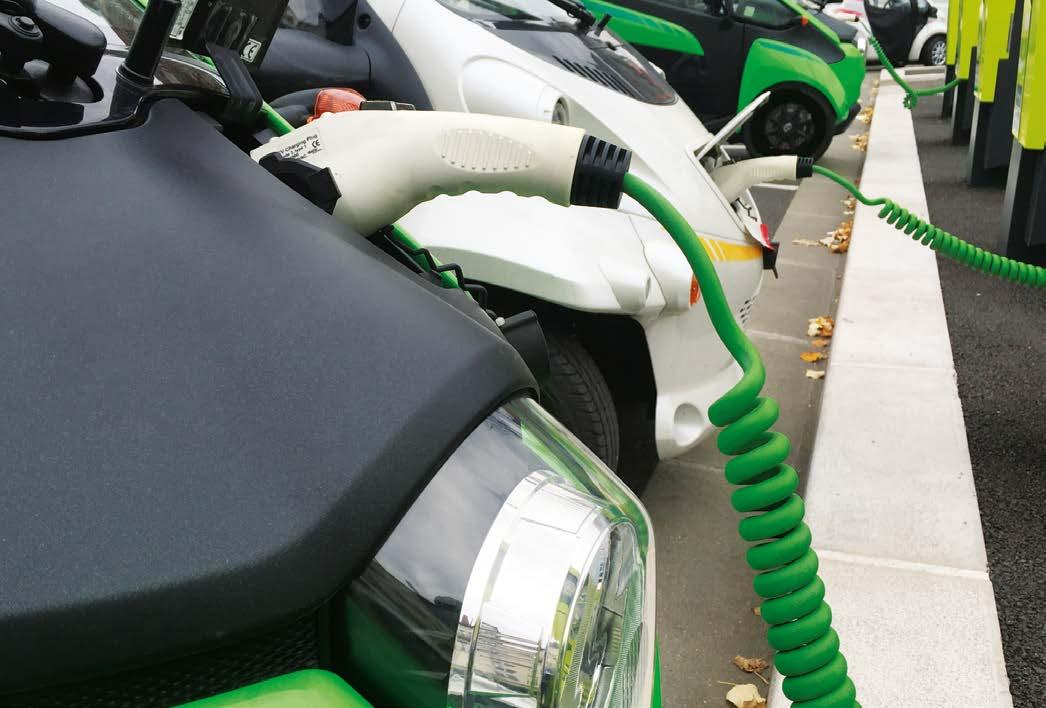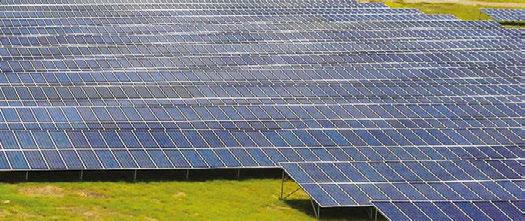#SmartEnergy19 2 – 3 APRIL 2019 ICC SYDNEY DARLING HARBOUR
FREE ENTRY
smartenergyexpo.org.au
The inverter: Australia’s smart home appliance Inverter manufacturer Growatt has been a popular brand since entering the Australian solar market back in 2010. Here, Marketing Director Lisa Zhang takes a look at the dynamic local market and the contributions of Growatt in Australia’s transition to renewable energy.
AUSTRALIA HOLDS enormous solar power potential. Just last year solar PV installation capacity skyrocketed from 1,230 MW (in 2017) to an astonishing record of 3,775 MW. The momentum is anticipated to continue with installed capacity forecast to reach 4,695 MW this year. Specifically, the residential sector contributed 1,227 MW to the record PV uptake of 2018. “Australia’s solar industry is on fire! The installed capacity of residential systems in 2018 alone is very close to matching the total solar PV capacity installed in 2017,” Lisa Zhang said. “The solar boom has come with changes within each sector. One interesting thing we’ve found in the residential inverter sector is that the inverter is gradually taking on a better look and is getting smarter.” Residential solar has been the most important segment of the solar PV industry in Australia for many years. Demand for solar PV installations has been the most pressing in areas beyond the reach of the grid. As the
residential sector develops, people are getting used to embracing the solar technology and development, and in this way solar energy is becoming part of their life, Growatt observes. “People are increasingly used to the presence of a solar inverter under their roof because of the continuous development of Australia’s residential solar. Under this scenario people would prefer a better looking and smart inverter for their house, which promotes the idea of our latest inverter model, Growatt TL-X,” said Zhang. “We can say that TL-X will be the next generation residential inverter. It has many features that we can really talk about. First, it’s very good looking, which will make it appealing to customers. We believe that in the near future inverters will become a home appliance for millions of households in Australia. “Second, it’s smart. You know, as the technology develops, inverters incorporate more and more functionalities. One interesting thing is that inverters are becoming smart with IoT technology development. In the case of TL-X, it has become the ‘brain’ of
















